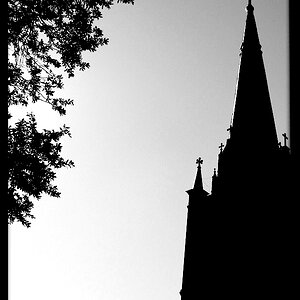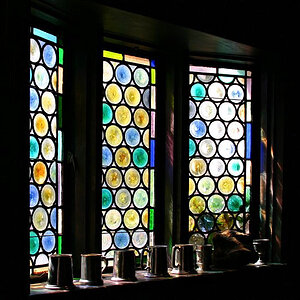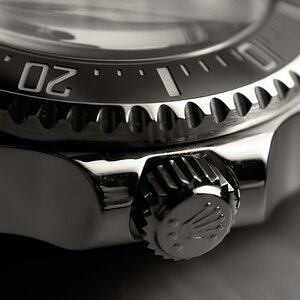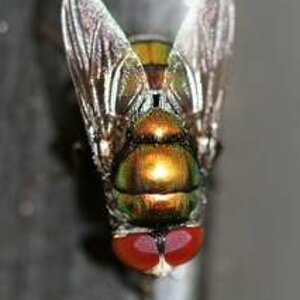Herm99
TPF Noob!
- Joined
- Feb 16, 2012
- Messages
- 47
- Reaction score
- 3
- Location
- Missoula, MT
- Can others edit my Photos
- Photos NOT OK to edit
Can someone please clarify something for me? I just picked up my first speedlite, 430ex, and I have a softbox setup with wireless trigger. I'm trying to figure out what mode the flash is using when I use it as a strobe. I don't believe the speedlite is metering as it normally does when its on the camera body. When its on the trigger the red prefocus light does not flash and it appears to be shooting at very high power, maybe full power? I left the flash on ETTL mode when its in the trigger but I don't believe it is metering light. Can someone tell me what it is doing when it's mounted to a trigger/strobe setup?
Should I be switching the flash to manual mode when i'm using it as a strobe?
Should I be switching the flash to manual mode when i'm using it as a strobe?



![[No title]](/data/xfmg/thumbnail/40/40308-f92e28f094216c151f3ad1fd7453c99b.jpg?1619739413)


![[No title]](/data/xfmg/thumbnail/42/42279-f60778d39180ee6cd87fc84a15559b96.jpg?1619740087)
![[No title]](/data/xfmg/thumbnail/40/40311-715dda8167abb793178d6abf7e8136fe.jpg?1619739414)

![[No title]](/data/xfmg/thumbnail/37/37100-48f2853fd9bcaf95edec62ff0be19ad3.jpg?1619737881)



